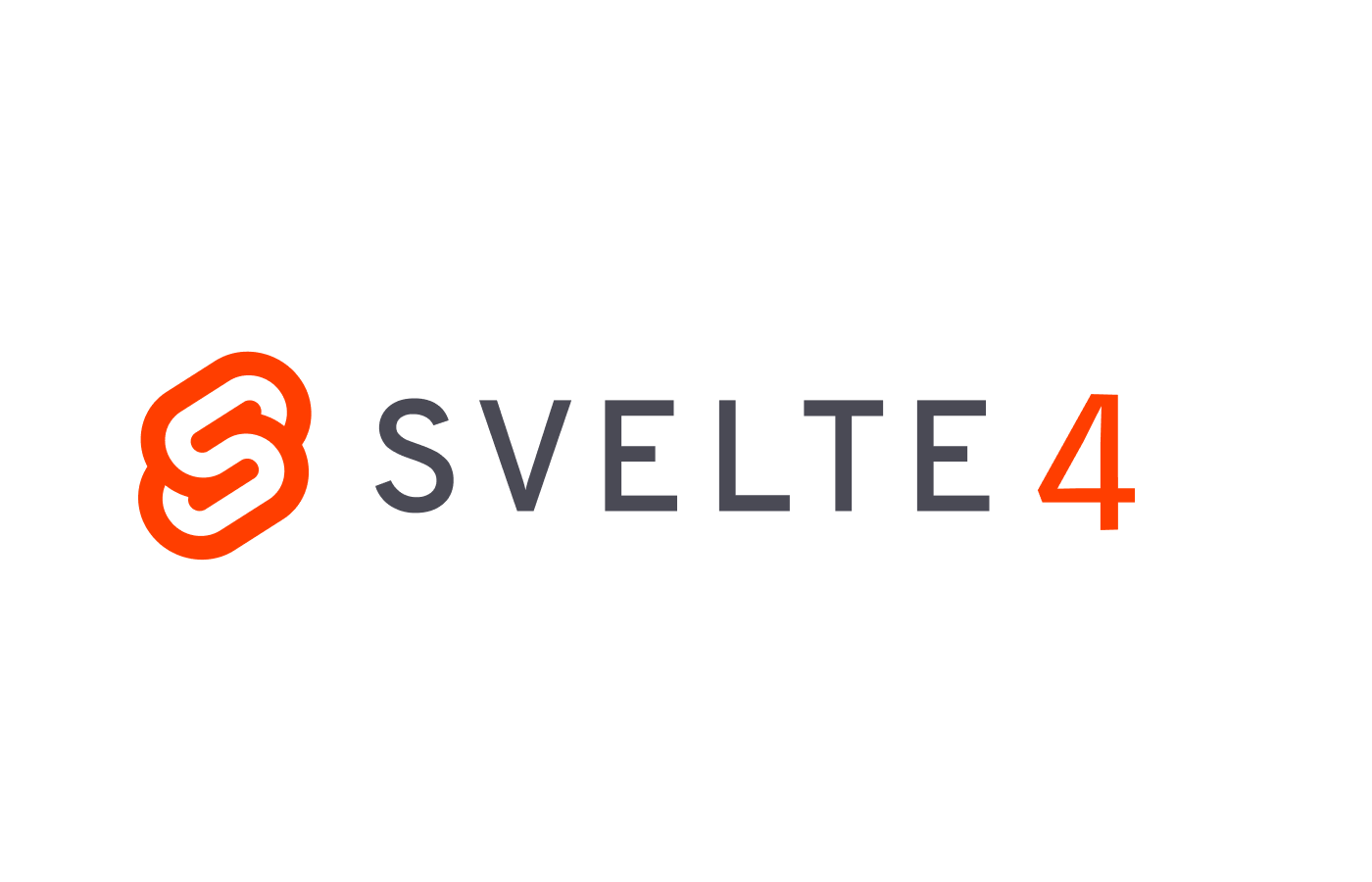After months of anticipation, the Svelte team is thrilled to announce the stable release of Svelte 4. This release marks a significant milestone in the evolution of the Svelte framework, building upon the success and innovation of its predecessor, Svelte 3. With the rapid pace of change in the JavaScript landscape, Svelte 4 embraces the latest advancements in Node.js and browser APIs, providing developers with a more powerful and efficient toolset for building web applications.
Developer Experience Enhancements
Svelte 4 focuses on improving the developer experience by introducing several key enhancements:
- Intuitive Transitions: The default transition mode in Svelte 4 is now "local," which prevents animations from blocking page transitions. This change ensures smoother user experiences and eliminates potential performance bottlenecks.
- Streamlined Preprocessors: Writing preprocessors in Svelte 4 has become easier and more straightforward. This improvement simplifies the process of integrating external tools and libraries into your Svelte projects.
- Enhanced CSP Support: Content Security Policy (CSP) setup and usage have been made more accessible in Svelte 4. It is now easier to configure and utilize CSP to enhance the security of your web applications.
Updated Site, Documentation, and Tutorial
In addition to the release of Svelte 4, the official Svelte website (svelte.dev) has undergone a significant overhaul. The site now features a more user-friendly layout, improved mobile navigation, dark mode support, an enhanced REPL, and overhauled TypeScript documentation. The SvelteKit site is also being updated to align with the new design and features. Furthermore, the tutorial links have been updated to direct users to the new learn.svelte.dev experience, providing a more comprehensive and interactive learning resource.
Migration and Compatibility
For most applications and libraries that are compatible with Svelte 3, migrating to Svelte 4 should be a smooth process. Library authors are advised to update the version range to include Svelte 4 in their peerDependencies. Application authors may need to update their tooling to meet the new minimum version requirements, such as Node.js 16. To assist with migration, the Svelte team has developed the svelte-migrate tool, which can handle many migration steps automatically.
The Future: Svelte 5
While Svelte 4 sets the stage for the next generation of the framework, the team is already hard at work on Svelte 5. This upcoming release will see a complete rewrite of the Svelte compiler and runtime, bringing with it major new features and performance improvements. By adopting modern tooling and dropping support for legacy technologies, Svelte 5 aims to deliver an even more powerful and efficient development experience. Stay tuned for more updates on Svelte 5 as it continues to evolve.
Conclusion
In conclusion, Svelte 4 represents a significant step forward in frontend development, offering improved developer experiences, enhanced documentation and resources, and a clear path for future advancements with Svelte 5. Whether you are a seasoned Svelte developer or new to the framework, embracing Svelte 4 will empower you to build modern, performant, and delightful web applications.
To learn more about Svelte 4 and get started with the framework, visit the official Svelte website and explore the extensive documentation and tutorials available.


